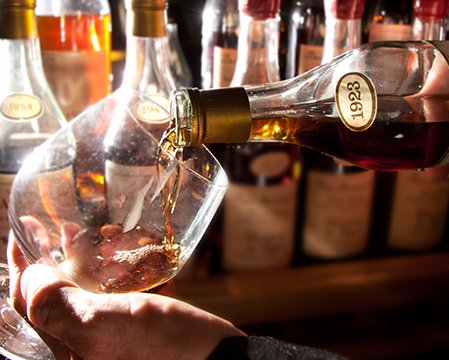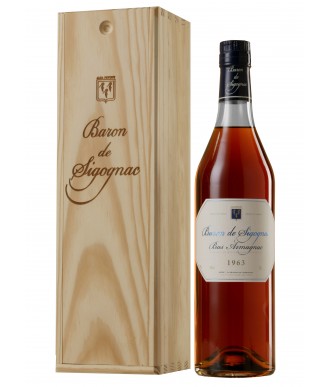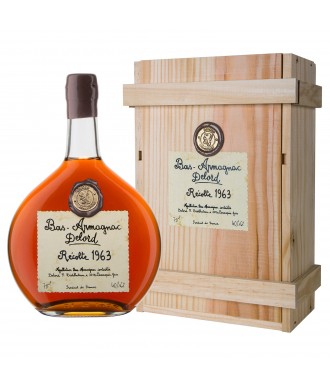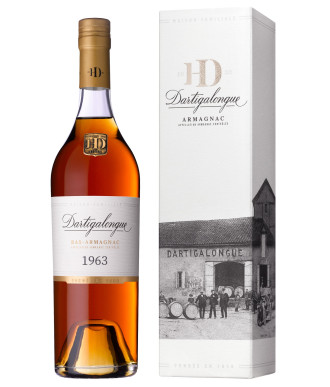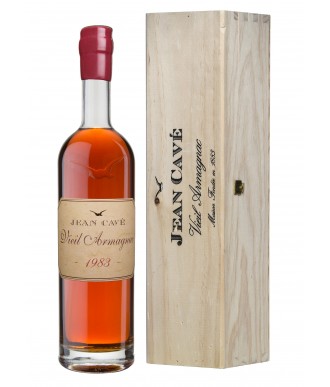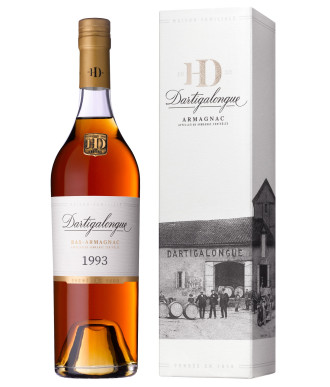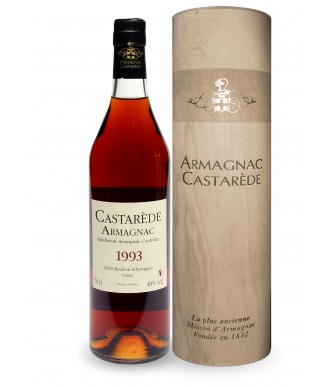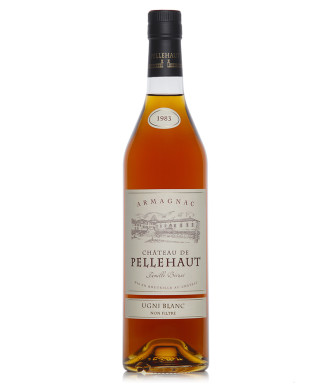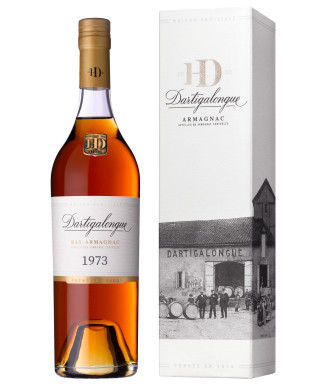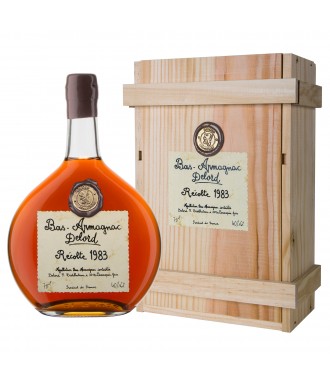Armagnac, the exceptional eau-de-vie from Gascony
Born 700 years ago, Armagnac is the oldest eau-de-vie in France . Its production was reserved for the monasteries in southwestern France. It was in the 11th century that medicinal alcohol became popular, in particular thanks to the prior of Eauze. Little by little, the production of Armagnac wine brandy became more democratic and production intensified. Since the 15th century, Armagnac has been able to seduce its original region, Gascony, up to the court of the King of France in the 18th century. Over time, Armagnac has become an internationally famous tasting eau-de-vie.
Selection of grape varieties, still, distillation, aging, the manufacturing process is improving. From now on, each castle, house and production area of Armagnac strives to produce high quality Armagnac according to the ancestral method.
Only 10 grape varieties are authorized in the production of Armagnac eau-de-vie. Ugni blanc is largely the majority (75% of the Armagnac vineyard), but we also find Colombard or Baco 22 A. Not to mention the Folle Blanche, emblematic grape of Armagnac.
Other grape varieties such as Jurançon Blanc or Clairette de Gascogne can participate in the blend of eau-de-vie .
The terroir plays a fundamental role in the character of Armagnac eau-de-vie. From Gers to the Landes de Gascogne, the Armagnac region is divided into 3 terroirs: Bas Armagnac, Armagnac Ténarèze and Haut Armagnac (or Armagnac Blanc).
The Bas Armagnac or Black Armagnac, land of boulbènes and tawny sands, extends over 8000 hectares from the Gers to the west of the Landes of Gascony.
The Ténarèze occupies the heart of the Armagnac region, from Gers to the Landes de Gascogne. Here, the peyrusquet produces a very full-bodied eau-de-vie appreciated in blending. A very long aging will achieve a rich and spicy aromatic palette.
Very confidential (2% of production), Armagnac blanc is a land of limestone and pebbles to the east of the Armagnac region. Its eaux-de-vie are prized, both for their rarity and for their originality.
In Armagnac, each terroir is recognized under an appellation . Thus, the production of Armagnac is divided under the appellation Bas Armagnac, Armagnac Ténarèze or Haut Armagnac.
The first gives the roundest eaux-de-vie and certainly the most coveted for tasting and vintage Armagnac. Ténarèze, very aromatic, is mainly used for the assembly of Armagnacs. Finally, Haut Armagnac produces atypical eaux-de-vie.
It is thanks to an ancestral manufacturing method that Armagnac has retained its authenticity. For 700 years, wine made from authorized grape varieties has been vinified in white.
The stage of distillation is essential: passing through the still, the wine turns into crystalline and very floral brandy.
Aging in barrels will give the eau-de-vie its amber color and aromatic richness. Finally, the bottling marks the end of the aging of Armagnac .
Unlike Cognac, Armagnac is produced in an artisanal way. Each castle, estate or house of Armagnac keeps its assembly secrets from generation to generation to offer spirits lovers a unique tasting with each bottle.


